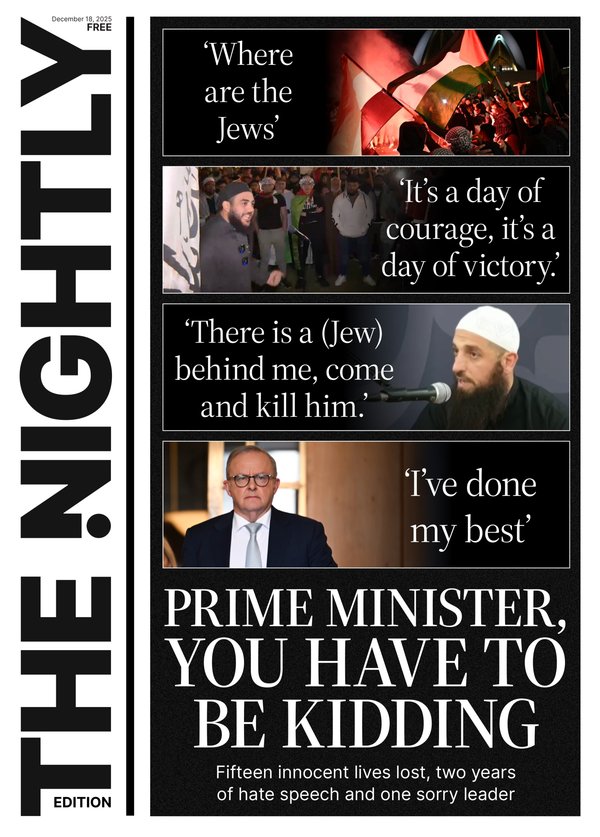Housing Affordability Report: Aussies spending about half their pay to keep a roof over their heads

The amount Australians spend on housing costs has hit a record high, a new report has shown, with both renters and mortgage-holders spending up to about half their pay to keep a roof over their heads.
The Housing Affordability Report released Tuesday by ANZ and CoreLogic revealed a household earning the median wage would spend about a third of their income on rent, based on the national median rent of $621 per week.
To service a mortgage on a home at the national median dwelling price ($773,000), it would cost almost half of the median household income, the report revealed. This is in stark contrast to the previous decade’s average of 34.6 per cent.
Sign up to The Nightly's newsletters.
Get the first look at the digital newspaper, curated daily stories and breaking headlines delivered to your inbox.
By continuing you agree to our Terms and Privacy Policy.For renters on low incomes (those earning in the 25th percentile of all Australian workers) the cost to rent was even more prohibitive. 54.3 per cent of their income was spent on rent — even on a property at the 25th percentile rent value — $100 less per week than the national median. Four years ago those renters would have spent about 44 per cent of their pay on rent.
Wages not keeping up
“In the past 12 months the 25th percentile rent value has increased the equivalent of $53, and to put that in perspective, we’ve cited the Fair Work Commission’s increase to the minimum wage for this financial year, which was $48 a week,” CoreLogic head of residential research Eliza Owen said.
“In the context of a very tight rental market, the efficacy of trying to increase wages or increase income assistance to vulnerable, low-income households in the cost of living crisis is reduced, because it’s absorbed by higher rent costs.”
Renting on the rise for high-income earners
The report also revealed the number of middle- and high-income earners (those on more than $93,000 a year) in the rental market had steadily increased in the 25 years between 1996 and 2021, largely because buying was unaffordable, Ms Owen said.
“Because we’ve had a declining rate of home ownership over time, those relatively high-income earners who have missed out on home ownership or they can’t buy yet — because the deposit costs are going up, the serviceability costs are going up - that means you have more demand on the private rental market,” she said.
That demand from high-income earners for lower cost-housing — be it in the rental market or the sales market — meant low-income earners were at a higher risk of missing out altogether, Ms Owen said.
“That’s why we call it a rental crisis because it can lead to a very insecure situation for some of those lower-income, vulnerable households,” she said. “It’s not a good situation for society.”
The most expensive cities to service a new home loan were Sydney (almost 60 per cent of income spent on a median-priced dwelling) Adelaide (51 per cent) and Brisbane (48 per cent).
Ms Owen said in these cities, those on median incomes were not buying relatively moderately-priced homes in sought-after suburbs.
“It’s not feasible for them. That household isn’t buying the median dwelling, they’re buying something further out, they’re looking to a different city, or they’re buying a unit,” she said.
Darwin was the most serviceable at 25 per cent, with the other capitals sitting between 38 and 46 per cent.
Ms Owen said more people needed either ‘the bank of mum and dad’, an inheritance or government assistance to get a deposit for a home loan.
“That’s how wealth begets wealth through housing.”
She said though interest rates easing later this year, as well as inflation declining and a slowing of recent high immigration rates, would all help ease housing costs there were still fundamental changes needed.
“There are elements where you do need to intervene and that’s the structural change around increasing density around transport nodes and home equity schemes, and potential tax reform as well,” she said.
This story was first published as ‘It’s not feasible’: Aussie housing costs hit a record high on view.com.au
